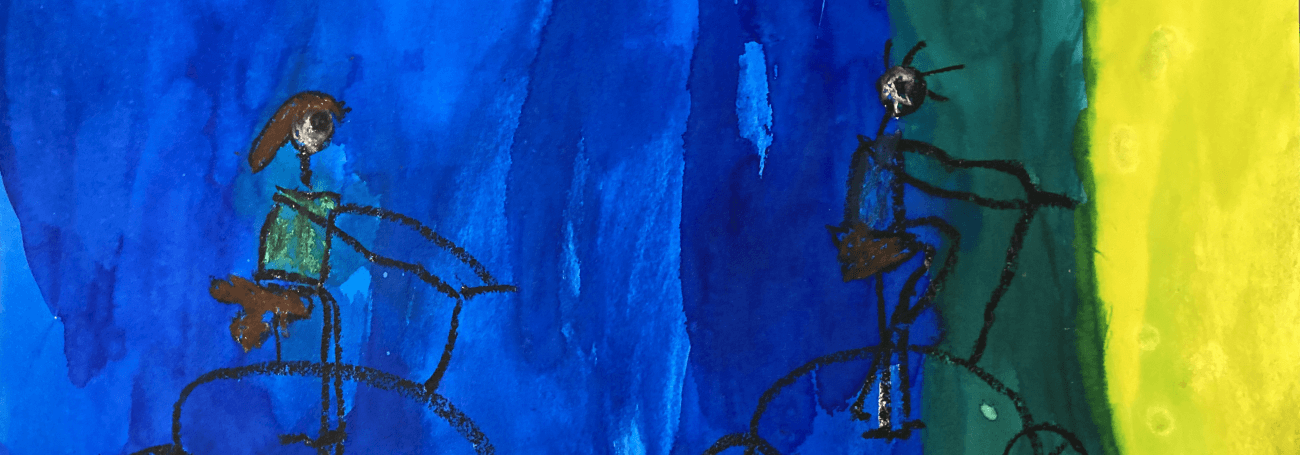The Restorative School Working Group has been established under the European Restorative Justice Forum in 2020 by the motivated experts from the field. The group aims to realize the supportive factors in the creation of the restorative practices in educational system to construct healthy school environment, positive relationships among pupils, pupils and teachers and respond effectively when they are damaged. There is a firm understanding among group members that practicing such approaches results in the lessening of number of children in the state care and justice systems. The diverse composition of the group served as good soil for information sharing, generation of new ideas, scrutinizing the potential of the restorative philosophy is diverse socio-cultural environment and educational heritage. The group:
- Has been meeting regularly on the last Friday of each month.
- Has developed a Brief to explain the potential contribution of restorative practice in schools. The document aims to serve as aspirational goals for schools aiming to establish a restorative and innovative healthy school climate for students promoting positive attitudes to learning, investing in the personal and emotional development of students and staff.
- Has mapped restorative school initiatives in the EU and non-EU countries accessible for the Working Group members.
- Has initiated research on the impact of the Restorative Practice in Poland. Group participation in conferences in June 2021 and in Sassari 2022.
- Shared live experiences of countries in the process of school strengthening to become more effective listeners of pupils’ problems and needs, more enthusiastic to recognize their achievement.




